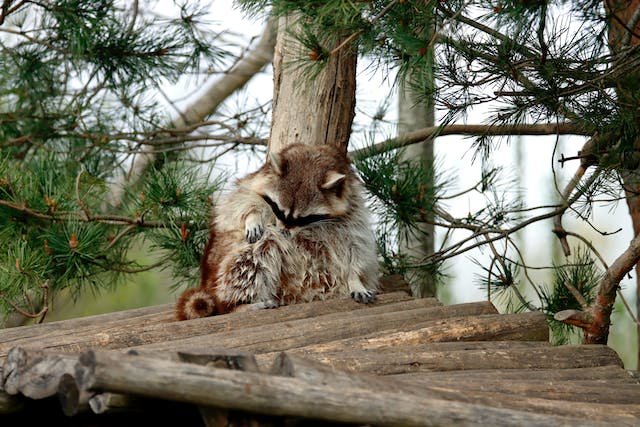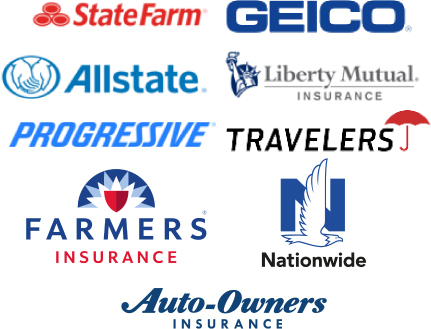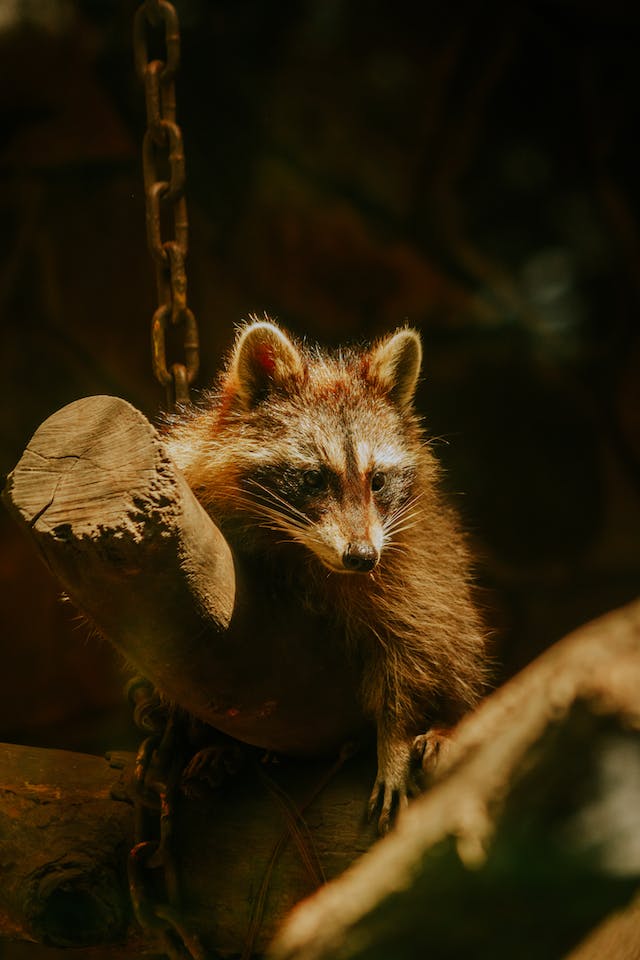
How We Help
Both feces and urine may be present, with the latter often soaking into the insulation, sheetrock, or wood within the attic. While feces can be relatively easy to pick up and remove due to their size, urine tends to permeate materials, making it challenging to eliminate by hand. In such cases, a comprehensive cleaning and fogging of the attic become essential to eradicate odors and potential unsanitary conditions.
It is of utmost importance not to handle raccoon feces directly, as they can contain raccoon roundworm, a parasite that poses health risks, including blindness and other severe symptoms. It is strongly recommended to contact local professionals who can provide free advice on proper handling and cleaning of raccoon droppings.
Raccoon waste carries various zoonotic diseases, with at least 42 known diseases transmitted to humans through the ingestion or handling of food or water contaminated by animal feces. Campylobacter infection, Leptospira infection, and Salmonella infection are among the diseases associated with exposure to animal feces, causing gastrointestinal symptoms and, in some cases, severe kidney damage, particularly in young children.
Raccoon droppings may contain raccoon roundworm, with egg spores that can become airborne, leading to respiratory infections in humans. Additionally, raccoons carry parasites like Giardia lamblia, contributing to diarrhea upon ingestion of contaminated food or water.
To effectively clean the attic, a professional not only manually removes all waste but also employs specialized cleaners, including enzyme-based solutions that eliminate biohazard organic waste from animals. The use of an electric-powered atomizer ensures a fine mist spreads throughout the entire attic, providing comprehensive coverage for cleanup. The cleaning process involves the wearing of a disposable Tyvek suit and a respirator mask to protect against insulation fibers and potential biohazards.
This fogging machine, also known as an atomizer, is instrumental in applying a cleaning solution that breaks down and sanitizes contaminated areas of the attic. In cases where total insulation replacement is not desired, this method effectively addresses health risks and eliminates odors. It’s important to note that homeowner’s insurance typically covers attic cleanup and restoration in the event of raccoon damage due to the potential health risks involved.
We Work With All Insurance Carriers
We are a national vendor for over 20 of the largest insurance companies in the United States. We work directly with your insurance company to help get your claim processed as quickly as possible.
Call Now for Help

Why a You Should Call ServiceMaster to Handle Cleaning Up After a Racoon Infestation
- Health Risks: Raccoon waste can contain harmful pathogens, including raccoon roundworm, which can pose serious health risks to humans if not handled properly.
- Disease Transmission: Raccoon droppings may carry zoonotic diseases, and professional cleaning minimizes the risk of diseases such as Campylobacter infection, Leptospira infection, and Salmonella infection.
- Respiratory Hazards: Raccoon roundworm egg spores in droppings can become airborne, leading to respiratory infections when inhaled. Professional cleaning ensures proper containment and removal.
- Protective Gear: Professional cleaning crews are equipped with the necessary protective gear, including disposable suits and respirator masks, to safeguard against insulation fibers and biohazard exposure.
- Comprehensive Cleanup: Professionals conduct a thorough cleanup, not only removing visible waste but also addressing hidden contamination, such as urine that may have soaked into insulation or structural elements.
- Specialized Cleaners: Enzyme-based cleaners and disinfectants are used to eliminate biohazards, ensuring a sanitized environment and preventing the spread of diseases.
- Fogging Technology: Electric-powered atomizers or fogging machines are employed for effective and even distribution of cleaning solutions, reaching all nooks and crannies in the attic.
- Odor Elimination: Professional cleaning includes measures to eliminate lingering odors associated with raccoon infestations, providing a clean and safe living environment.
- Insurance Coverage: Many homeowner’s insurance policies cover the cost of professional cleaning and restoration after raccoon damage due to the potential health risks involved.
- Preventive Measures: Professional cleaning crews can provide advice on preventive measures to deter future raccoon infestations and safeguard the property against recurring issues.

Why Raccoons Take Up Residence
Raccoon infestations can occur for various reasons, often related to the availability of food, shelter, and favorable conditions. Here are common reasons why raccoon infestations may occur:
- Access to Food Sources:
- Raccoons are attracted to easily accessible food sources, such as garbage cans, pet food left outdoors, bird feeders, and open compost bins.
- Water Sources:
- Properties with easily accessible water sources, such as ponds, birdbaths, or leaking faucets, may attract raccoons, especially during dry periods.
- Shelter and Nesting Sites:
- Raccoons seek shelter in attics, crawlspaces, sheds, or other secluded areas for nesting and raising their young. Open or easily accessible structures provide inviting nesting sites.
- Warmth and Protection:
- During colder seasons, raccoons may seek refuge in warm and protected spaces, such as attics, chimneys, or under decks and porches.
- Urbanization and Habitat Loss:
- Urbanization and habitat loss can force raccoons to adapt to living in proximity to human dwellings, increasing the likelihood of infestations.
- Easy Climbing Access:
- Raccoons are skilled climbers and can access elevated areas, including roofs, attics, and trees. Overhanging branches or structures close to the home provide easy access.
- Breeding Season:
- Raccoons breed in late winter or early spring. During the breeding season, pregnant females may seek secure and sheltered spaces for nesting and giving birth.
- Lack of Property Maintenance:
- Neglected property maintenance, such as leaving entry points unrepaired or allowing vegetation to overgrow, can create favorable conditions for raccoon infestations.
- Lack of Deterrents:
- Properties lacking deterrents, such as motion-activated lights, sound devices, or physical barriers, are more susceptible to raccoon activity.
- Unsecured Pet Doors:
- Unsecured pet doors can serve as easy entry points for raccoons, especially if they smell food inside the home.
- Proximity to Natural Habitats:
- Properties near wooded areas, parks, or natural habitats may be more prone to raccoon infestations due to the proximity of their natural living spaces.
- Availability of Fruits and Vegetation:
- Raccoons are omnivores and may be attracted to properties with fruit trees, vegetable gardens, or other vegetation that provides a food source.
Understanding these factors can help homeowners take preventive measures to reduce the likelihood of raccoon infestations and create an environment less appealing to these opportunistic animals.
